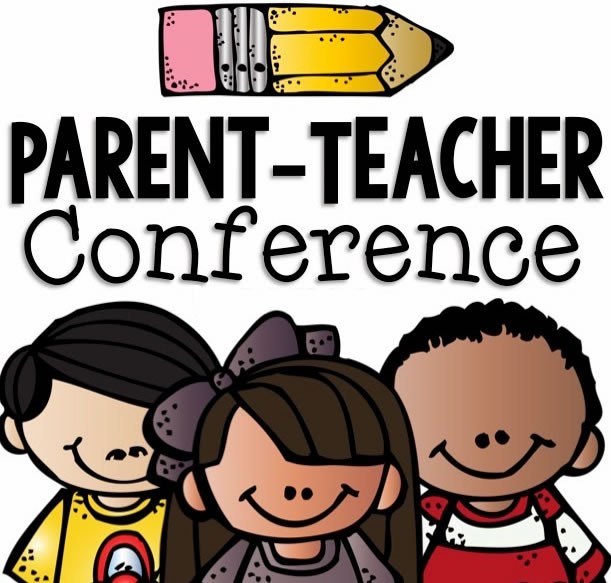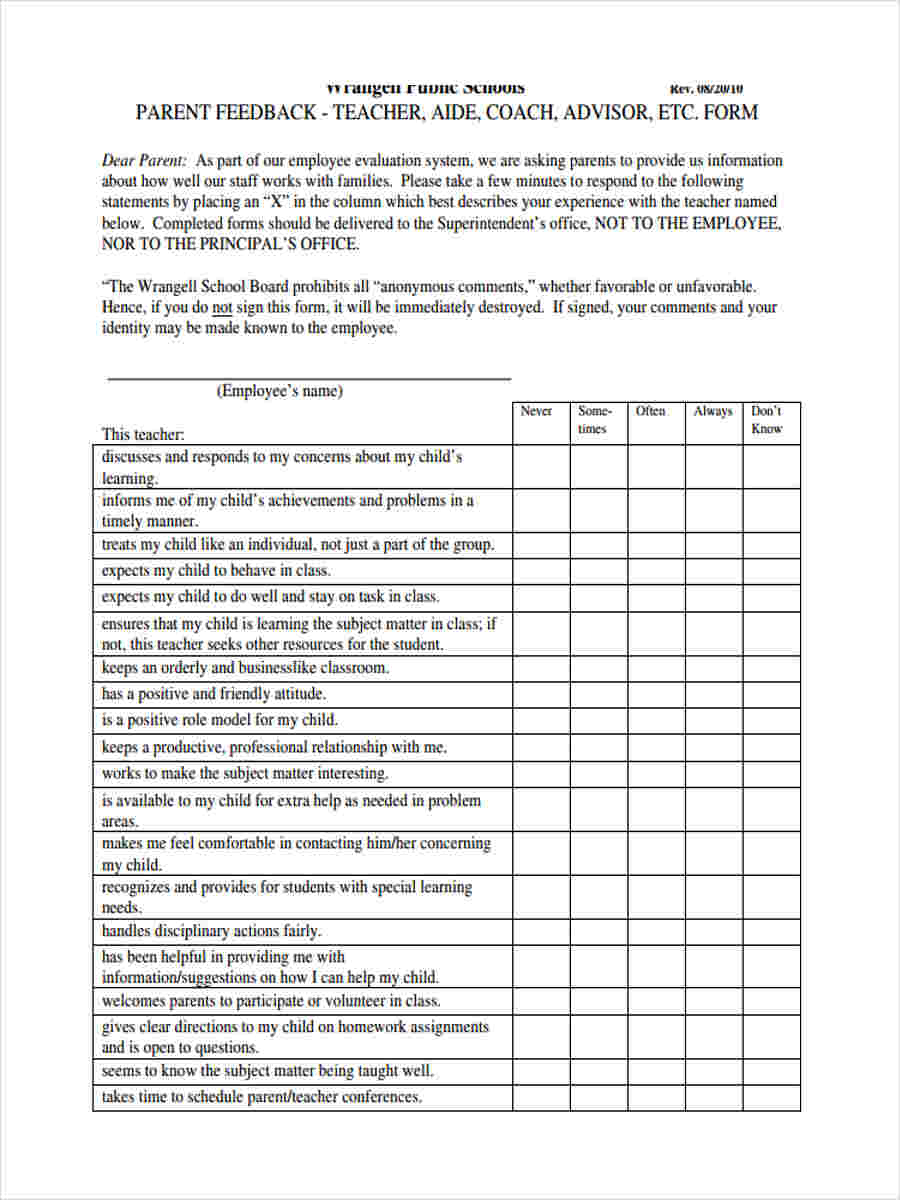

Maybe you’ll discover that your child follows directions and models good behavior, or that they provide a funny idea to give everyone a laugh.Īsking this question gives insight on how your child’s character comes through in an academic environment. This will give you an idea of how much your child may contribute to class discussions or how they may be a great helper for another student. Different personalities shine in different ways independently, but as you blend 20 unique people together, new sides can be revealed. This may seem like an unusual question, but it can provide a lot of information. How does my child contribute to the class atmosphere? Sending an email or utilizing school communication apps is a great way to check in regarding progress as well as give the teacher the opportunity to shift the focus to something new as your child improves. It’s a good idea to revisit this question with the teacher throughout the year. It also gives something concrete to work on at home. Focusing on one area at a time for improvement helps define the priorities within the classroom.

Sometimes it is difficult to think about all areas of learning at once. If you could pick one area to focus on improving for my child, what would it be? Once you know these hidden strengths, you can help bring them out in the home as well as at school. Sometimes parents find this answer surprising as kids can show different abilities in the classroom than at home. This question focuses the discussion on your child specifically while still giving the teacher the opportunity to evaluate all subjects. What do you see as an area of strength for my child? Here are six questions to consider, to help you get the most from those minutes with the teacher. Addressing the following questions will give both you and the teacher a better understanding of your child throughout the year. Areas of study covered or assessment scores can be done quickly and even in other communications.

In addition, teachers and principals will accommodate parent requests for meetings to discuss their child's performance outside of the regularly scheduled Parent-Teacher Conference nights.Asking specific questions gives you the opportunity to focus on what is important regarding your child. Most buildings maintain a structure of two nights in the fall and two nights in the spring, though some schools hold three conference nights in the fall and one in the spring to meet parent demand.
#Parent teacher conference free
Teachers will have the day before Thanksgiving and one additional contractual day off in exchange for work completed outside of the school day.īuildings are free to choose the conference dates and the format that work best for their school community.

By March 1 of each calendar year, the building Parent-Teacher Conference Committee, in partnership with the building administration, will schedule conferences for the 1 st and 2 nd semesters of the following school year.Each building will establish a Parent-Teacher Conference Committee, ideally consisting of a minimum of five (5) certified staff members.Parent-Teacher Conference schedules and communications are unique to each school and are governed by the Olentangy Teachers Association Agreement:


 0 kommentar(er)
0 kommentar(er)
